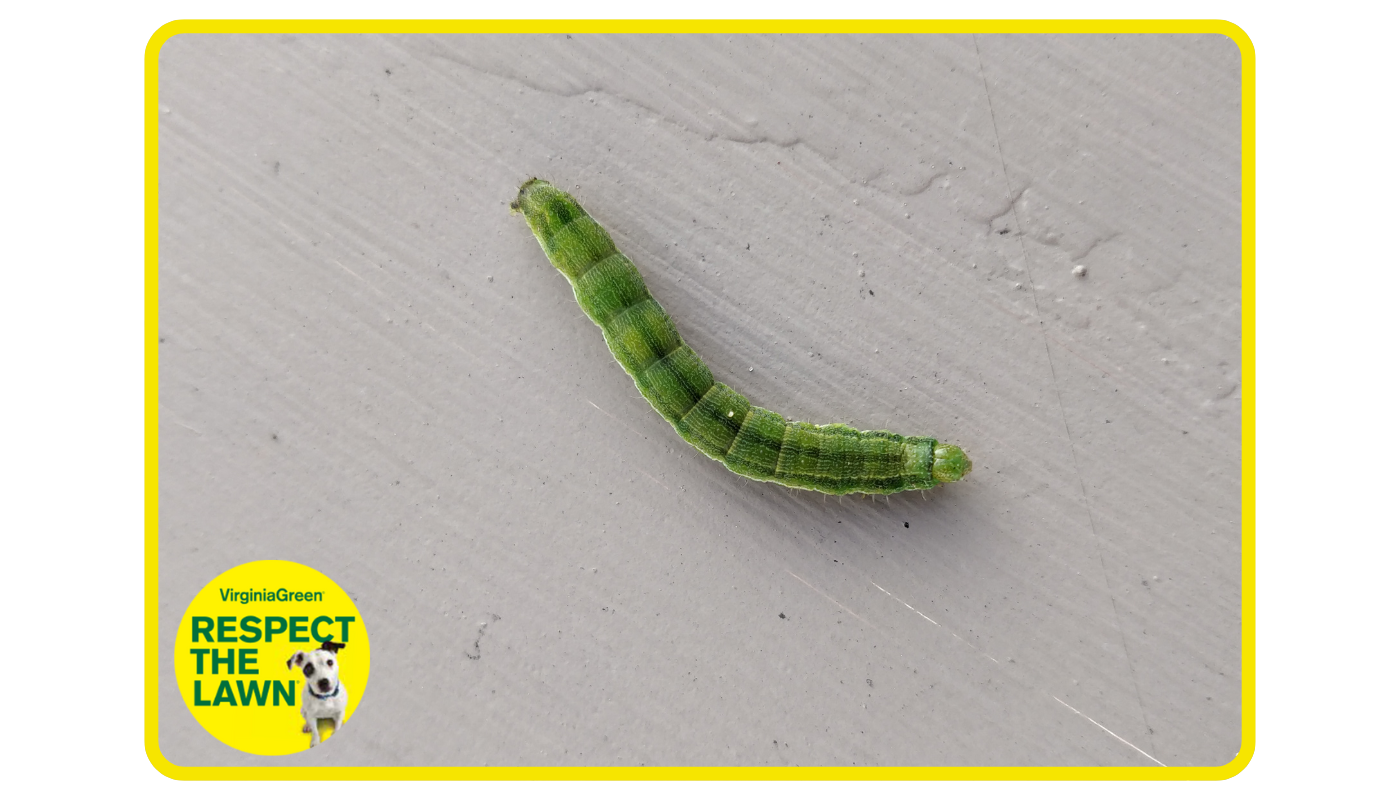What Are These Small Green Worms In My Trees?
If you’ve noticed small green worms hanging from trees with silk threads or unusual holes in your tree leaves, you may be dealing with cankerworms (also called inchworms). These caterpillars feed heavily in spring and fall, and while their feeding periods are short, they can strip leaves from trees and weaken younger or stressed plants if left unchecked. Similar to armyworms, they burrow into the soil to pupate and re-emerge as adults; fall cankerworms emerge as adults in the same season while spring cankerworms overwinter and emerge the following spring. Unlike armyworms, which damage lawns, cankerworms specifically target trees and shrubs.
Topics Index
- Lifecycle of Cankerworms
- Where to Find Cankerworms
- The Cost of Cankerworm Infestations
- How to Protect Your Trees and Shrubs
- Protect Your Trees from Cankerworms This Season
Get Support Our Tree & Shrub Care Services
Lifecycle of Cankerworms
There are two types of cankerworms to look out for: Spring and Fall Cankerworms. Both have different appearances based on the season they emerged from.
Fall Cankerworms (Alsophila pometaria)
Typically, fall cankerworms begin to emerge from the soil around late October. The females crawl up trees to lay their eggs in compact masses that remain on the tree surface all winter. These eggs then hatch in late April to mid-May.
The larvae are caterpillars that range from light green to dark green or black. They have three pairs of prolegs, which are unjointed false legs that help them grip surfaces.
Adult fall cankerworm moths look different depending on sex. The females are wingless, spider-like in appearance, grayish brown, and about 5/16 of an inch long. The males are gray with wings and have a wingspan of about 1 1/8 inches.
Spring Cankerworms (Paleacrita vernata)
Spring cankerworms typically appear from late March to early April. After emerging in the spring, adult female cankerworms lay their eggs on tree bark, and the eggs hatch shortly after. As soon as the larvae emerge, they begin feeding right away. The pupae then remain in the soil until the following spring, when the cycle starts again.
The larvae are yellow green to brownish black caterpillars with a white stripe running along their sides. They have two pairs of prolegs, which are unjointed false legs used to grip surfaces.
Adult spring cankerworm moths differ by sex. The females are wingless, spider-like in appearance, grayish brown, and about 5/16 of an inch long. The males are brown with wings and have a wingspan of about 1 1/8 inches.
Have Questions About Tree Pests?
Visit our FAQ section to learn more about how to identify and manage issues like cankerworms, armyworms, and more.
Where to Find Cankerworms
These green worms hanging from trees are commonly found on ornamental trees as well as the following trees:
- Apple
- Crabapple
- Cherry
- Plum
- Elm
- Hackberry
- Basswood
- Oak
- Boxelder
- Maple
- Ash
- Other: Deciduous trees and shrubs
The Cost of Cankerworm Infestations
These small green worms feed for 3–6 weeks, chewing small holes in leaves that enlarge as the larvae grow. This type of damage often creates a distinctive “shot-hole” appearance in the foliage. In large numbers, they can completely strip leaf tissues between veins. After they are done feeding, they drop to the soil to pupate (a stage in their life cycle where they undergo complete metamorphosis). They later re-emerge as adults later in the season.
Most healthy, mature trees can withstand some defoliation without long-term effects. However, young, newly planted, or weakened trees are more vulnerable and may suffer complete defoliation, which can ultimately lead to death. In addition, repeated defoliation over multiple years or the presence of other stress factors can cause significant, lasting damage and may also result in tree mortality.
How to Protect Your Trees and Shrubs
You can apply Bacillus thuringiensis (Bt), a bacterium used as an insecticide that is toxic to specific insect larvae, about 10 days after hatching, while larvae are still under ½ inches long. Pesticides can be effective during the second week of feeding when they are still small. This method does not completely eliminate these worms.
Another method called Trunk Banding can help trap the wingless females as they crawl up to lay eggs.
While it is rarely worth trying to control these little worms, repeated infestations or infestations on young trees would benefit from treatment.
Protect Your Trees from Cankerworms This Season
If you’re seeing small green worms dangling from silk threads or chewing holes in your tree leaves, your landscape may be under attack from cankerworms. These pests feed aggressively in spring and fall, and while healthy trees can sometimes bounce back, young or stressed trees may suffer lasting damage from repeated infestations. Do not wait until defoliation weakens your landscape. Protect your investment with expert care. At Virginia Green, our tree and shrub services are designed to keep pests like cankerworms under control and ensure your yard stays healthy, vibrant, and thriving year-round.
Protect Your Trees from Cankerworms This Season
Contact us today to schedule your tree and shrub care program and safeguard your lawn against seasonal pests.

